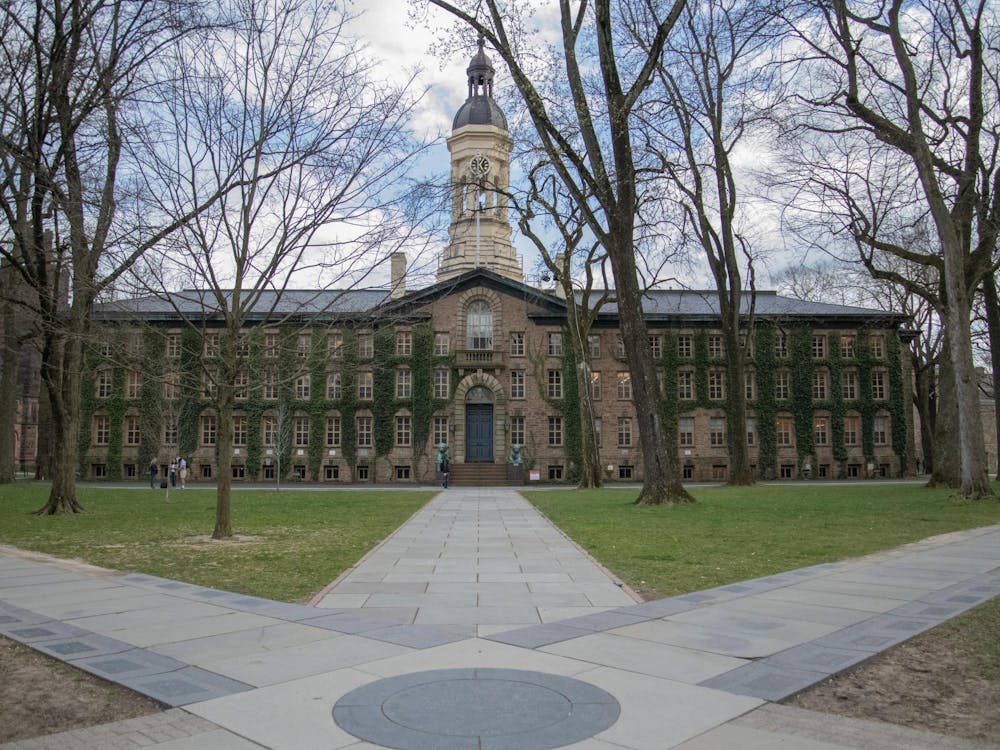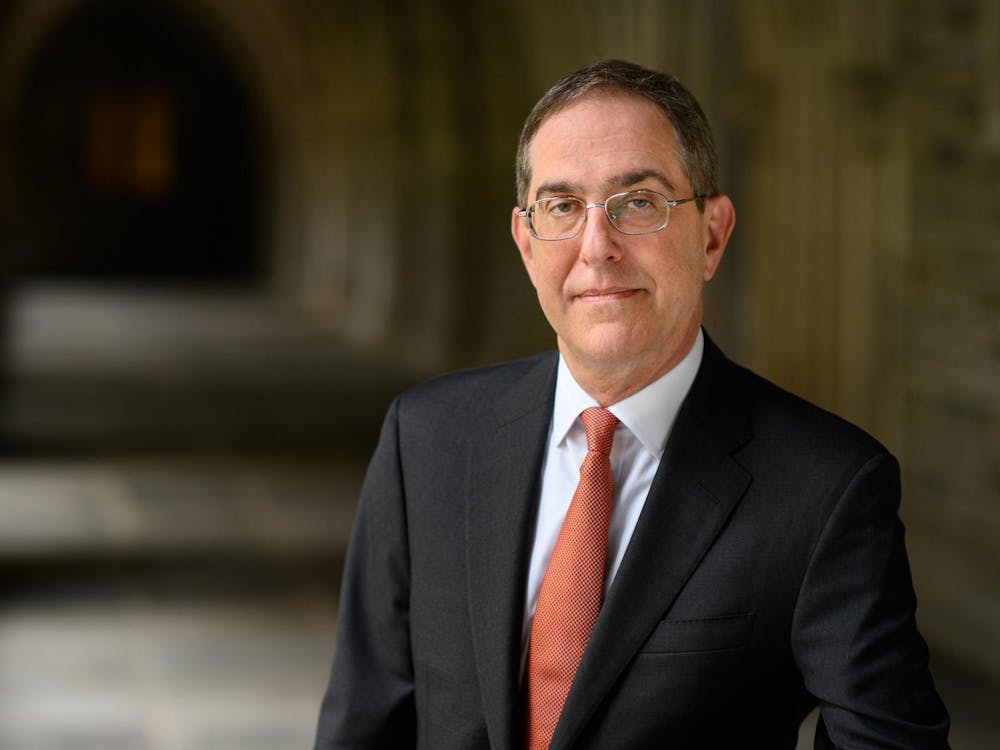As the results of the midterm elections have settled, voters have begun to appreciate the remarkable number of historic firsts that took place on election night this year — so many, in fact, that the implications of each individual victory pale in comparison. The importance of this election for the future of American politics, especially for college students who represent the next phase of this wave, cannot be overstated. Increasing the number of women in politics has a compounding effect, meaning that the results of this midterm election suggest not a blue wave but instead a pink one. Conflating the two obscures a crucial takeaway from the midterms — women are the future of politics, and the Democratic party in particular. Looking ahead, party officials should be tapping women for the biggest races in 2020 — especially in the race for the presidency.
Americans elected the first Muslim women (Ilhan Omar and Rashida Tlaib), the first Native-American women (Deb Haaland and Sharice Davids), and the youngest woman ever (Alexandria Ocasio-Cortez) to Congress. The first female governors for South Dakota (Kristi Noem) and Maine (Janet Mills). The first black woman to represent Massachusetts (Ayanna Pressley). The list continues and spans national, statewide, and local elections. While most of the elected women were Democrats, this was a result of more Democratic women running and receiving support from women. On the flip side, Republicans did not run nearly as many women, and they have not put forward a platform that addresses women’s concerns.
Political research has suggested that the impact of successful female candidates harnesses the ambitions of young girls and women through an increase in political discussion at home. Young girls are significantly less likely to discuss politics and to receive encouragement to participate in politics as a candidate than young boys; however, that gap decreases significantly when a visible female candidate is running, especially when that candidate is a “first.” Therefore, the cross-country scope of the newly elected women has expanded the reach of this effect — more young girls than ever are being exposed to female candidates, which suggests that more young girls and women will express political ambition than before.
This fact signifies more candidates and more political action, likely on behalf of these female candidates. As a result of the increase in women in 2018, a sizable new political cohort has emerged, and these women will enter as canvassers, donors, and campaign volunteers. Since ground game is crucial to elections, this lends a huge advantage to the Democrats. Adding even more women will only increase this edge. This will have significant electoral impacts down the road.
The firsts also included women from all backgrounds achieving the title of “first,” including multiple Native American and Muslim women. The impact of descriptive representation is intersectional, meaning that simply having more white women does little for young girls of color. Breaking that first barrier on such a national stage will likely empower more women from more backgrounds to participate in the democratic process.
Furthermore, women of color represent groups with a history of low voter turnout. Yet in this election, women represented a crucial voting bloc in flipping many districts for the Democrats. This was the first year since 1984 where Democrats won the House without winning men, and women of color in particular made the difference (white women still backed Republicans in many races). Energizing these voters through symbolic representation will make previously safe districts and states competitive in upcoming elections, as was already seen in Kansas (Sharice Davids, KS-3) and Georgia (Lucy McBath, GA-6).
Women donors also increased in the 2018 election cycle, with women primarily supporting female candidates. On both sides of elections, women are becoming more crucial players and are using their political capital to boost their representation. In the past, women have donated at significantly lower rates than men, instead choosing to give to charitable organizations. Their new support would allow more women to launch viable campaigns and would offer a chance to progressive candidates who want to avoid taking money from large PACs.
While politicos still bicker over whether the much-discussed “blue wave” came to fruition, one thing is clear — women, on both sides of the aisle, are bursting onto the political scene. The results of the 2018 midterms indicate that women are not only gaining an edge, but are contributing to a shift in political power that a smart party would harness for the 2020 elections. Running women in crucial elections is necessary for electoral success. The pink wave is coming, and it will be powerful force in elections to come.
Madeleine Marr is a sophomore from Newtown Square, Pa. She can be reached at mmarr@princeton.edu.










